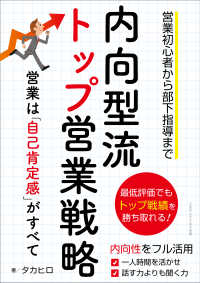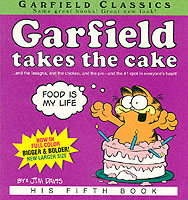Description
The beginning of the 20th century saw literary scholars from Russia positing a new definition for the nature of literature. Within the framework of Russian Formalism, the term ‘literariness’ was coined. The driving force behind this theoretical inquiry was the desire to identify literature—and art in general—as a way of revitalizing human perception, which had been numbed by the automatization of everyday life. The transformative power of ‘literariness’ is made manifest in many media artworks by renowned artists such as Chantal Akerman, Mona Hatoum, Gary Hill, Jenny Holzer, William Kentridge, Nalini Malani, Bruce Nauman, Martha Rosler, and Lawrence Weiner. The authors use literariness as a tool to analyze the aesthetics of spoken or written language within experimental film, video performance, moving image installations, and other media-based art forms. This volume uses as its foundation the Russian Formalist school of literary theory, with the goal of extending these theories to include contemporary concepts in film and media studies, such as Neoformalism, intermediality, remediation, and postdrama.
Table of Contents
List of Figures
Preface and Acknowledgements
1 Introduction
A Literary Approach to Media Art | Russian Formalism and Neoformalism | Reflecting Terminology: Media Art and Its Categories | Four Artistic Approaches: About the Structure of This Book
2 Literariness and Media Art: Theoretical Framing
2.1 The Aesthetics of Language: Literary Theory
The Obstreperousness of Poetic Language | Art as Device: Estrangement and Complicating Form | Poetics of Deviation | The Palpability and Performativity of Poetic Language | Ambiguity and the Split Sign
2.2 Literariness Beyond Literature: Transdisciplinary Perspectives
Literariness and Ostranenie in Audiovisual Arts | Russian Formalism and Film | Technology as Device | The Poetics of Neoformalism | Literariness Between Media | Overabundance, Excess Emptiness, and Retreat of Synthesis | Medial Opacity and Perception
3 Voice and Script in Media Art
3.1 Voice and the Materiality of Sound
The Voice as Medium and the Mediatized Voice | Sound Poetry and Transrational Language | Iteration and the Alphabet as Aesthetic Devices | The Performative Power of the Acousmatic Voice | Technical Alienation of the Voice | Voice and Image, Voice and Script
3.2 Script – Between Visuality and Legibility
Russian Formalism and the Written Word | Script between Transparent Representation and Palpable Body | Script as Image / Script in Images | Written Words in Film | Recognition versus Seeing | Framing as Aesthetic Device | Playing With Words | Writing On and With Bodies
4 Literary Genres in Media Art
4.1 Elements of Poetry
Poetry as a Literary Genre | Excess Structuring: Language Use in Poetry | Vertical Compositions: Poetic Structures in the Audiovisual Arts | Lyric Subjectivity | Visual Poetry and Media Art | Poetical Practices and Lyrical Speech in Media Art | Poetic Images: Experimental Video Poems
4.2 Elements of Drama
Drama Theory and Media Art | Core Elements of Drama | Ostranenie and the Alienation Effect | Features of Postdramatic Theater | Dialogic and Performative Installations | Theatrical Overabundance: Playing with the Theatrical Frame | Citing Elements of Classical Tragedy
4.3 Elements of Prose
Narrative Prose and Time-Based Media | Narrative Order, Narrative Integration: fabula and sužet | Narrative Voice – the Mediating Instance | Narrative Mode: Perception and Perspective | Variations on First Person Narration in Media Art | Autobiography as Act and Device | Audiovisual Explorations of Epistolary Fiction
5 Works of Literature in Media Art
Adaptation as Appropriation | Intertextual Dialogism | Adaptation, Translation, Transcription | Adaptations as Deviant Derivatives | Voice and Sound: Acousmatic Adaptations | Baring the Signifier: Written Allusions | Aesthetics of Superimposition I: Reflecting Memory | Aesthetics of Superimposition II: Queer Defamiliarizations | Theatrical Appropriation: Personifying Literary Figures | Poetics of Quotations: The Literary in Performative Installations
6 Conclusion
Bibliography
Featured Works
Formal Remarks






